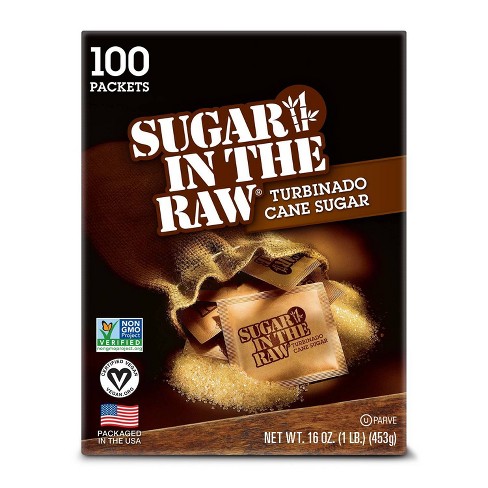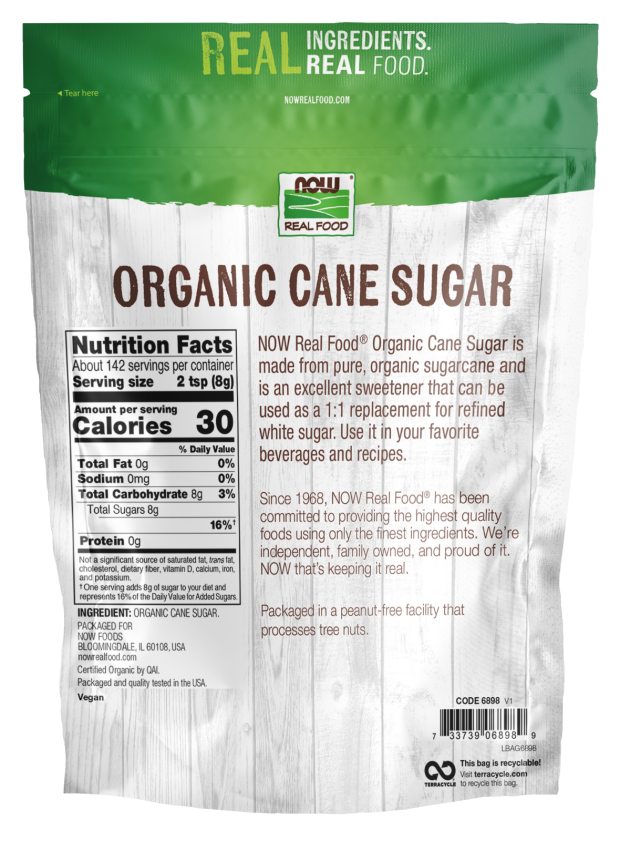Cane Sugar Processing: Innovative Strategies for High Quality Production
Cane Sugar Processing: Innovative Strategies for High Quality Production
Blog Article
A Comprehensive Guide to the Ecological Effect and Sustainability Practices in Walking Stick Sugar Handling
The ecological effect of walking cane sugar processing presents a complex array of challenges that warrant cautious assessment. From soil destruction and extreme water usage to the carbon footprint connected with cultivation and production, the consequences of typical techniques are far-reaching. On the other hand, the adoption of cutting-edge sustainability actions supplies a pathway toward much more liable production methods. Comprehending the interplay between these concerns is crucial for stakeholders in the industry. What details practices can be executed to strike a balance between efficiency and ecological stewardship? The responses depend on a more detailed check out both the obstacles and possible solutions.
Summary of Cane Sugar Processing
Cane sugar processing entails a series of organized steps that change sugarcane right into polished sugar. At first, collected sugarcane is delivered to processing centers, where it goes through cleaning up to get rid of dirt and particles. Following this, the walking stick is squashed to extract juice, which is after that clarified by removing impurities through home heating and the enhancement of lime.
The clarified juice undertakes evaporation, where water is eliminated to focus the sugar content. These crystals are separated from the continuing to be syrup making use of centrifugation, resulting in raw sugar.
The end product is after that dried out and packaged for distribution. Throughout this entire process, maintaining performance and high quality control is important to make sure the sugar meets sector criteria. Each action in cane sugar processing not just adds to the end product but likewise has ramifications for resource usage and waste generation, setting the phase for discussions on sustainability and ecological effects related to sugar production.
Environmental Challenges of Production
The production of walking cane sugar provides several substantial environmental challenges that warrant focus. One key problem is the comprehensive use agrochemicals, including plant foods and chemicals, which can lead to dirt deterioration, biodiversity loss, and contamination of local water sources. The drainage from sugarcane fields frequently lugs these chemicals into close-by communities, disrupting aquatic life and impacting the health of communities reliant on these water bodies.
Another difficulty is the high energy consumption connected with sugarcane processing. The boiling and refining stages require substantial warm, primarily created by burning fossil gas, adding to greenhouse gas discharges. Additionally, the extensive land area needed for sugarcane growing can result in logging and environment damage, further intensifying climate change and threatening wildlife.
Moreover, the labor practices in some areas elevate ethical concerns, as workers might deal with inadequate working conditions and insufficient wages. This scenario typically bolsters a cycle of destitution in neighborhood neighborhoods. Cane Sugar Processing. Resolving these ecological challenges is crucial for creating extra lasting practices in walking cane sugar production, eventually profiting both the setting and the neighborhoods associated with this market
Water and Land Use Influence
Water resources and land use are important parts in the walking stick sugar market that significantly influence the environment. The cultivation of sugarcane calls for considerable water input, with quotes recommending that it can eat up to 2,000 litres of water per kilo of sugar generated. This intensive usage of water frequently causes exhaustion of local water sources, affecting not just the sugarcane plantations but additionally surrounding ecosystems and neighborhoods that depend on the exact same water sources for farming and residential use.

Additionally, land use for sugarcane growing can result in deforestation and the conversion of all-natural environments into monoculture vineyards. This technique diminishes biodiversity, interferes with local ecosystems, and adds his explanation to soil destruction. The development of sugarcane areas commonly encroaches on useful farming land, developing competitors for sources between food and biofuel manufacturing.
Lasting techniques, such as enhancing irrigation methods and applying plant rotation, are important to mitigate these impacts. By embracing extra reliable water use and land management techniques, the cane sugar industry can lower its environmental footprint, making sure an equilibrium between agricultural productivity and environmental preservation.
Greenhouse Gas Emissions
Greenhouse gas discharges represent a substantial ecological worry within the cane sugar handling sector, specifically as agricultural techniques expand to fulfill global demand. The cultivation of sugarcane, a crop that thrives in tropical environments, counts greatly on synthetic fertilizers and chemicals, which add to nitrous oxide discharges. Furthermore, land-use changes, including logging for brand-new sugarcane haciendas, release co2 stored in vegetation and dirt.
During handling, energy usage is another major resource of greenhouse gas discharges - Cane Sugar Processing. Numerous sugar mills make use of nonrenewable fuel sources to power machinery and create heat, causing substantial carbon footprints. Furthermore, the transportation of raw sugarcane and finished items includes layers of discharges through gas combustion in vehicles
This entails reviewing present agricultural methods, refining methods, and transport systems to recognize areas for renovation and reduction. Attending to greenhouse gas emissions is vital for cultivating a much more lasting walking cane sugar market in an altering climate.

Lasting Practices and Innovations
Lasting practices and advancements are increasingly essential in the walking cane sugar processing sector as stakeholders seek to lower ecological influences while preserving productivity. One significant development is the application of integrated crop administration, which optimizes resource use by integrating dirt monitoring, bug control, and crop turning techniques. This technique boosts return while reducing chemical inputs and preserving soil health and wellness.
Additionally, the adoption of renewable resource sources, such as biomass from sugarcane deposits, has actually acquired grip - Cane Sugar Processing. By transforming waste items into power, processing centers can lower their reliance on nonrenewable fuel sources, therefore lowering greenhouse gas emissions
Water management practices have actually additionally seen improvements via the recycling and reusing of water in processing plants, dramatically minimizing freshwater usage. Technologies in technology, such as accuracy agriculture, enable farmers to monitor crop health and wellness and source use extra efficiently, making certain lasting growing methods.
Furthermore, certification programs like Fair Profession and Rainforest Partnership encourage ecologically responsible farming techniques and promote social equity within the supply chain. By welcoming these sustainable practices and technologies, the walking cane sugar handling industry can boost its strength and contribute favorably to environmental stewardship.
Final Thought
The ecological effect of walking cane sugar processing offers considerable obstacles, consisting of dirt deterioration, high water intake, and greenhouse gas exhausts, alongside honest worries connected to labor techniques. Addressing these concerns with lasting methods, such as integrated plant administration, renewable resource adoption, and water recycling, is important. By promoting socially equitable and environmentally you could try these out responsible approaches in sugar production, the industry can minimize its damaging results, making sure a more click this link lasting future for both communities and neighborhoods entailed in this sector.
Walking stick sugar handling involves a collection of methodical steps that change sugarcane right into refined sugar. Each action in walking cane sugar processing not only contributes to the final item however additionally has implications for resource usage and waste generation, setting the phase for discussions on sustainability and environmental effects linked with sugar manufacturing.
Greenhouse gas emissions stand for a significant ecological problem within the cane sugar processing market, particularly as agricultural methods increase to fulfill global demand.Sustainable practices and developments are significantly crucial in the walking cane sugar handling market as stakeholders look for to lower ecological impacts while preserving productivity.The ecological influence of cane sugar processing provides substantial obstacles, consisting of soil deterioration, high water intake, and greenhouse gas discharges, together with ethical worries connected to labor methods.
Report this page